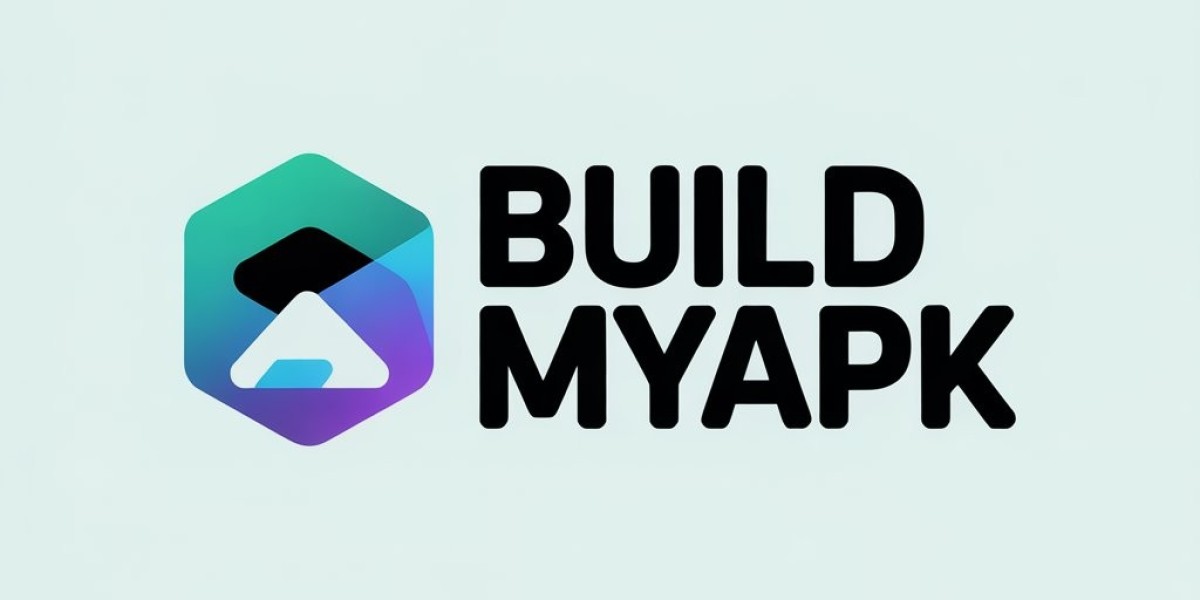In an era where digital transformation has redefined the workforce landscape, onboarding remote employees is no longer a mere trend—it is a strategic imperative. The virtual environment demands more than just a digital hello; it necessitates a meticulously crafted framework that aligns culture, communication, and collaboration. A poorly executed onboarding experience can disengage new hires before they even begin. That’s why remote onboarding must be approached with foresight, empathy, and precision.
Let’s delve deep into the refined best practices that will help organizations set a gold standard for remote onboarding.
Embrace a Digital-First Mindset
Remote work thrives on the seamless integration of digital tools. A successful online onboarding strategy begins with a digital-first approach—where every document, interaction, and training module is accessible, engaging, and intuitive.
Organizations must adopt advanced HR software designed specifically for remote workforces. These platforms often come equipped with robust features such as:
Centralized document management to streamline contracts, policies, and tax forms
Automated workflows that guide new hires through essential tasks
Integrated video conferencing for real-time engagement
Task tracking and analytics to measure progress and performance
Such features don’t just digitize the onboarding process—they humanize it. They ensure clarity, eliminate bottlenecks, and build confidence from day one.
Create a Cohesive Virtual Experience
Just because the workspace is remote doesn’t mean it has to feel distant. The onboarding experience should foster belonging, connection, and clarity.
Start by crafting a detailed onboarding roadmap—an agenda that spans the first week and beyond. This may include:
Welcome video messages from leadership
Scheduled introductions with team members
A virtual tour of the company’s culture, values, and mission
On-demand access to learning materials
Consistency in communication is crucial. Utilize tools that enable real-time messaging, file sharing, and video conferencing to establish a steady staff communication cadence. This helps new hires feel anchored even when they’re working from thousands of miles away.
Assign a Virtual Mentor or Buddy
The absence of in-person interaction can lead to feelings of isolation and uncertainty. To counteract this, assign each new hire a virtual mentor or onboarding buddy. This individual becomes the new employee’s go-to contact for questions, insights, and camaraderie.
An effective mentor helps demystify internal processes, explains company norms, and provides emotional support—elements often lost in digital-only setups. This personal connection accelerates adaptation, builds trust, and nurtures engagement.
Personalize the Onboarding Journey
No two employees are identical, and their onboarding shouldn’t be either. Leverage onboarding software with customization capabilities—allowing HR teams to tailor the process based on role, department, and geography.
Key features to look for include:
Customizable onboarding paths based on employee profile
Role-specific training modules to ensure relevant learning
Localized compliance documentation for different regions
Automated reminders to maintain momentum
Personalization demonstrates thoughtfulness. It shows the employee that they’re not just a number—they’re a valued individual being welcomed with intention.
Use Data to Improve Continuously
Effective onboarding is not a one-time event; it is a dynamic, evolving process. Collect data at every stage—from surveys to task completion rates and team dynamics—and use this feedback to enhance the experience for future hires.
Advanced software systems often offer:
Engagement analytics to track participation
Feedback loops to gauge satisfaction
Performance insights to predict long-term success
Data-driven decisions transform onboarding from a checklist into a strategic advantage. By identifying pain points early, you can adapt quickly and prevent disengagement before it becomes a problem.
Reinforce Culture and Vision
A common pitfall in online onboarding is neglecting company culture. It’s easy to emphasize processes and skip over purpose, but this creates a vacuum in employee alignment.
Embed culture into every aspect of onboarding. Share stories, showcase team achievements, and reiterate the company’s mission. Encourage leadership to interact directly with new hires, not through email, but via live virtual sessions where values are embodied, not just stated.
The result? Employees who don’t just understand what they’re doing, but why they’re doing it.
You can also watch this video: How To Implement Remote Worker Monitoring At Your Business?
Final Thoughts: Onboarding as a Strategic Investment
Onboarding is no longer an administrative task—it’s a defining moment in the employee journey. It sets the tone, builds trust, and fosters long-term engagement. Organizations that embrace intelligent remote onboarding platforms, prioritize personalization, and infuse culture into every touchpoint are not just welcoming employees—they are empowering ambassadors.
In a competitive, remote-first world, excellence in onboarding isn’t optional—it’s mission-critical. Invest the time, choose the right systems, and lead with empathy. Because in the digital workplace, the connection begins with intention.
FAQ’s
1. How can I make remote onboarding more engaging for new hires?
To boost engagement, use interactive virtual sessions, welcome kits, and regular check-ins. Incorporate ice-breaker activities and assign mentors or buddies to help new employees feel connected and supported.
2. What tools are essential for effective remote onboarding?
Key tools include video conferencing platforms (such as Zoom or Microsoft Teams), project management software (like Trello or Asana), and digital HR tools (like BambooHR or Gusto), which streamline paperwork and communication.
3. How do you build team culture with remote onboarding?
Foster culture by introducing company values early, encouraging informal chats via Slack or Teams, hosting virtual team-building events, and sharing stories or videos that reflect your company’s mission and history.
4. What should a remote onboarding checklist include?
A remote onboarding checklist should cover tech setup, introductions, training schedules, access to tools, company policies, goal setting, and regular feedback sessions during the first few weeks.







